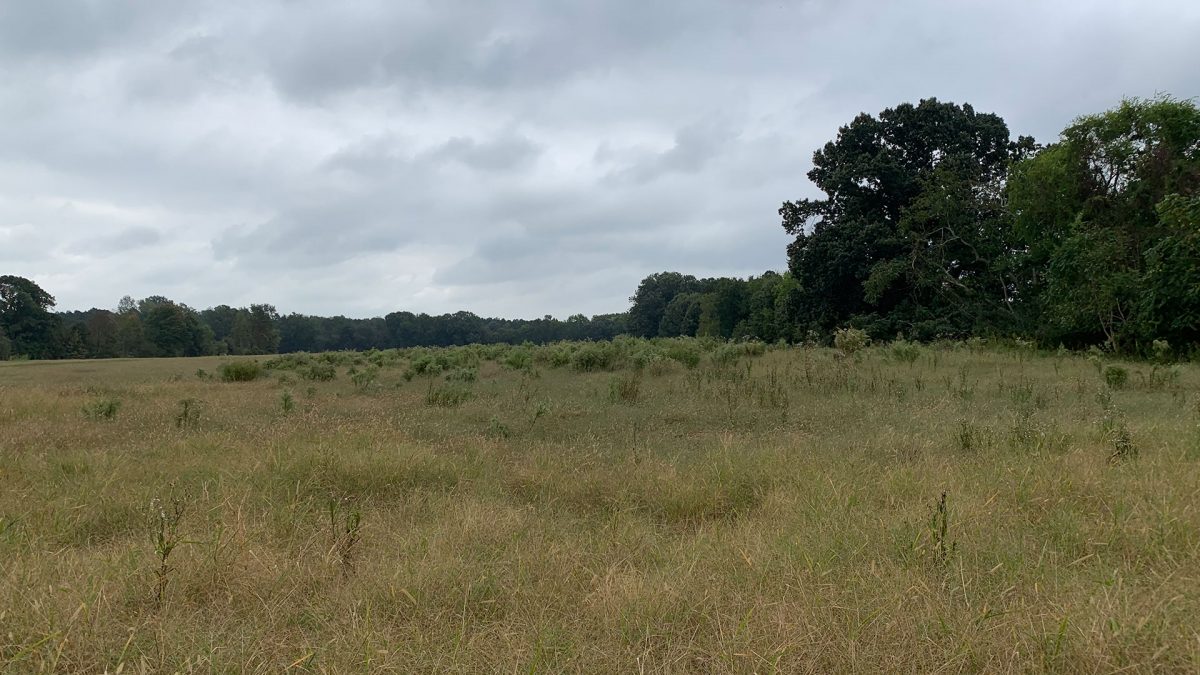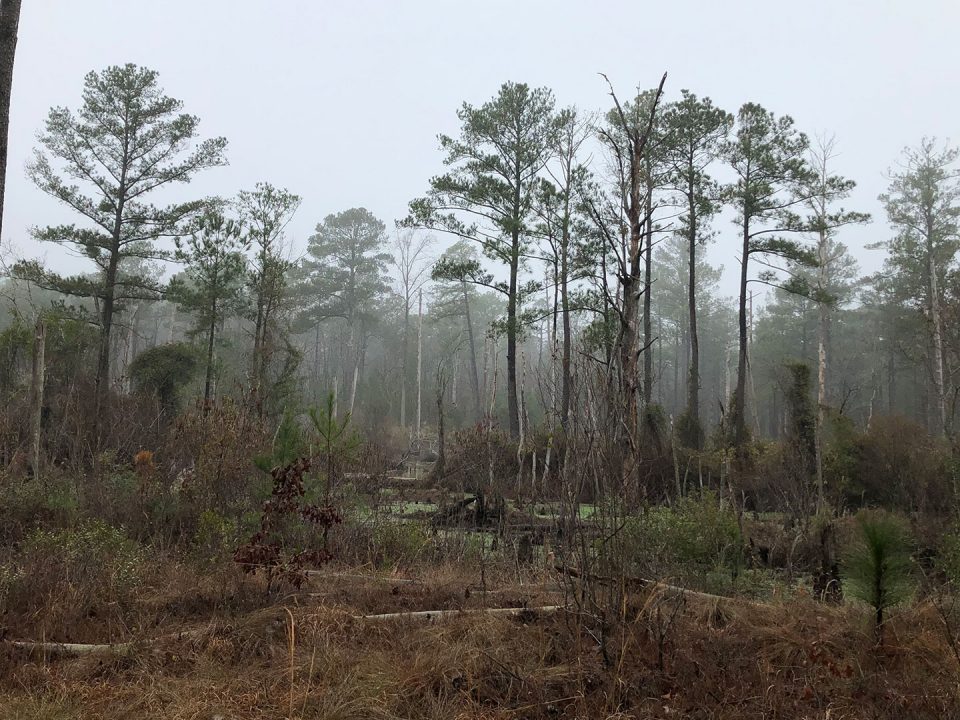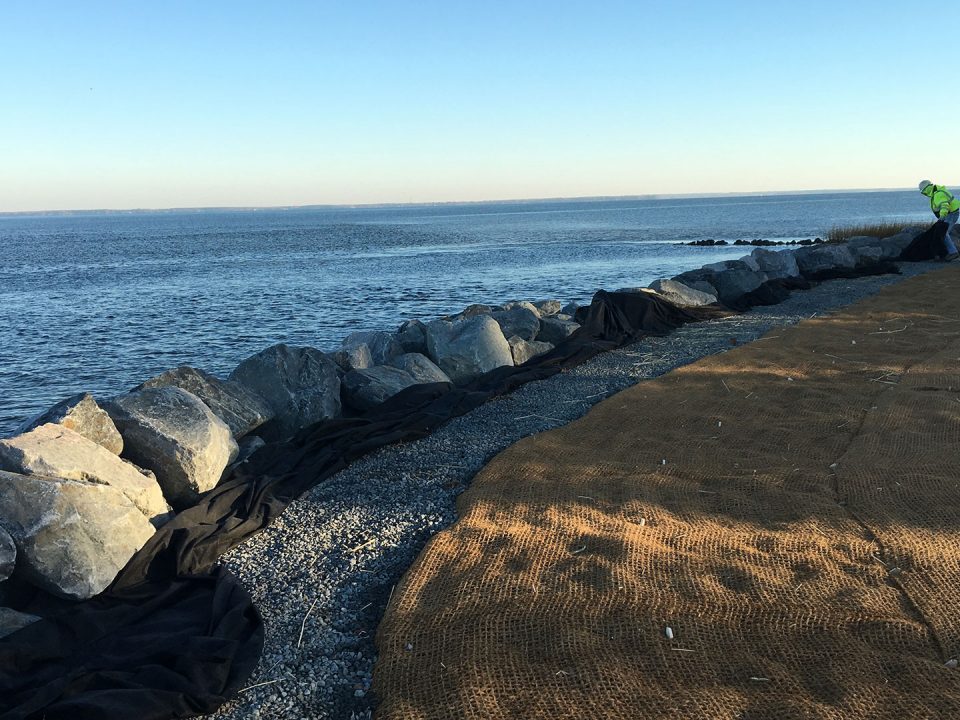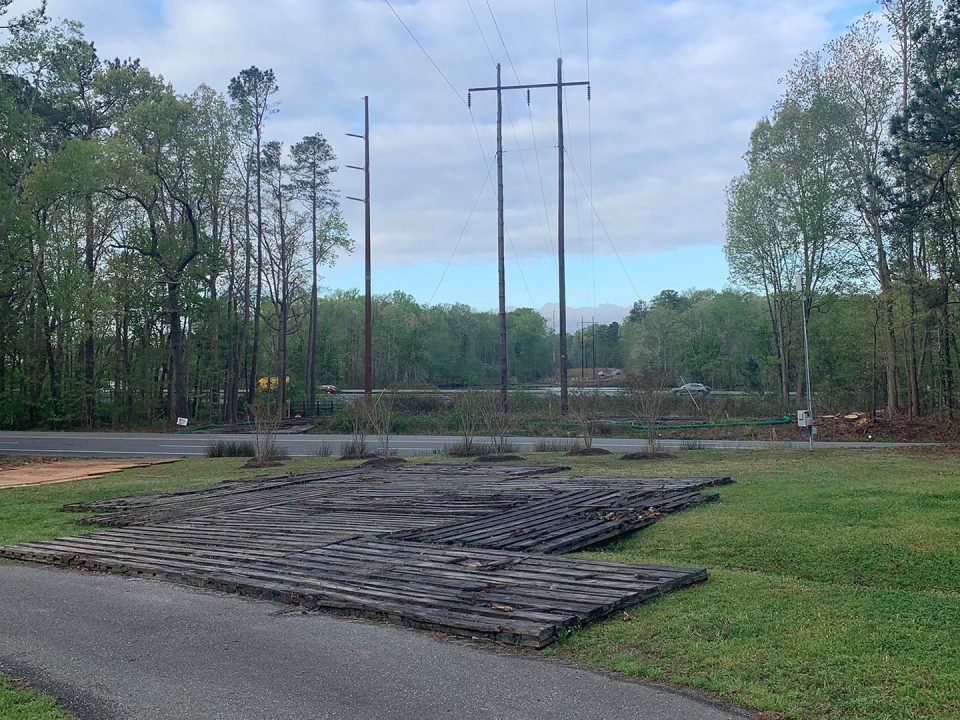The Smokehouse Lane project was the development of a Nutrient Reduction Implementation Plan (NRIP) and Phase1 portion of the reforestation of agricultural fields for nutrient crediting. The creation and approval of the NRIP allowed the property owner to convert previously cultivated land into 16 acres of managed forest area for the uptake and removal of nutrients from the surrounding watershed. Ultimately, the landowner will be capable of selling generated nutrient credits to land disturbing projects located in the same Hydrologic Unit Code (HUC) thus reducing the impact of development on the watershed and receiving waters. Additionally, this land was recorded into a conservation easement in perpetuity to ensure its long-term nutrient uptake and ecological services to the surrounding landscape.
Project Role
Blossom Consulting & Engineering (BCE) was responsible for the collection and analysis of existing and historic land use and ecological data of the project property. Geographic Information System (GIS) mapping was used to ensure compliance with nutrient crediting rules and regulations. Using in-the-field observations and historic records, BCE identified prior land use patterns to maximize nutrient crediting for the project property and HUC. Species inventory and physiographic evaluation of the property was also completed. This data was used to assist the landowner in developing a planting palette and design scheme that would be most ecologically beneficial as a nutrient uptake mechanism and restored habitat for the surrounding landscape. By incorporating ecological processes and bioanalysis into the design phase of the project, BCE anticipates a more successful reforestation of the property and efficient nutrient uptake from the watershed.




